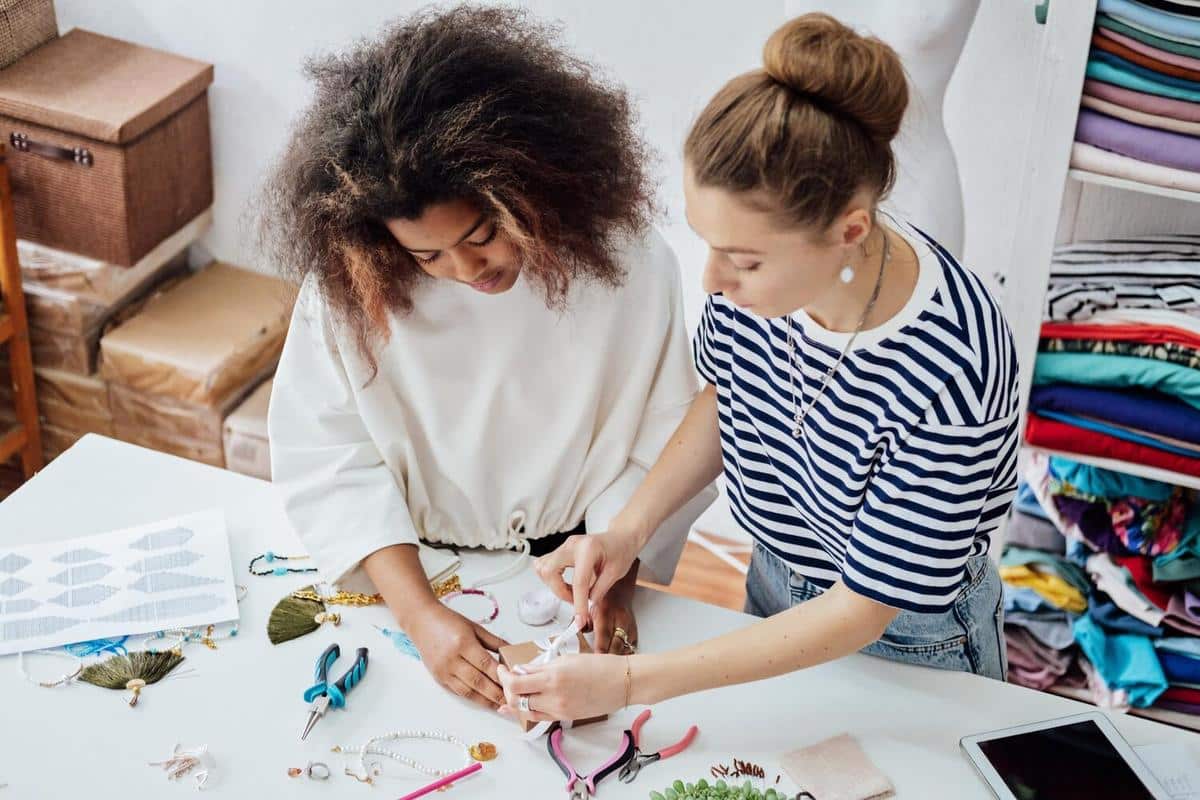
Creative Sewing Projects for Beginners
Sewing offers a delightful way to express creativity while contributing to sustainable fashion. For beginners eager to dive into the world of sewing, starting with simple yet impactful projects can be both rewarding and environmentally friendly.
Why Choose Sewing for Sustainable Fashion?
Sewing allows individuals to create unique garments and accessories, reducing the reliance on fast fashion. According to a report by the Ellen MacArthur Foundation, extending the life of clothing by just nine months can reduce its carbon, water, and waste footprints by around 20-30%. This not only benefits the planet but also leads to a more personalized wardrobe.
Getting Started: Essential Tools
- Sewing Machine or Needle and Thread
- Fabric Scissors
- Measuring Tape
- Fabric Chalk
- Pins and Pin Cushion
- Iron and Ironing Board
- Seam Ripper
- Thread in Various Colors
Creative Sewing Projects for Beginners
Embarking on your sewing journey begins with choosing projects that are manageable yet offer room for creativity.
1. Tote Bags
Tote bags are a fantastic starting point. They require minimal fabric and can be personalized with different patterns and colors. They’re perfect for reducing plastic usage and are great for grocery shopping.
2. Scrunchies
Scrunchies are not only trendy but also a great way to use fabric scraps. Experiment with different textures like silk or cotton to match outfits or give as gifts.
3. Pillowcases
Pillowcases offer a larger canvas for creativity and are an excellent way to learn about sewing straight lines and hems.
4. Simple Skirts
Once comfortable with basic projects, a simple skirt can be the next step. They teach useful skills like measuring and working with patterns.
Expert Insights
“Starting with simple projects builds confidence and skills, making sewing an enjoyable and rewarding experience,” says renowned sewing instructor Lisa Comfort.
Creating a Sewing Plan
Having a plan can streamline your sewing process:
| Step | Description |
|---|---|
| 1. Choose a Project | Decide what you want to make based on your skill level. |
| 2. Gather Materials | List all the tools and fabric you’ll need. |
| 3. Prepare Your Workspace | Set up a clean and organized area to work in. |
| 4. Follow Instructions | Carefully read through any patterns or guides you are using. |
| 5. Sew with Patience | Take your time to ensure quality and precision. |
| 6. Finish and Review | Complete your project and check for any needed adjustments. |
| 7. Celebrate Your Work | Share your finished project with friends or family. |
| 8. Plan the Next Project | Use your new skills to tackle something more challenging. |
Frequently Asked Questions
How long does it take to learn sewing?
While basic skills can be learned in a few weeks, mastering sewing is a lifelong journey.
Do I need an expensive sewing machine?
No, a basic sewing machine is sufficient for starters. Investing in a higher-quality machine can be considered as you advance.
Conclusion
Sewing is a fulfilling hobby that supports sustainable fashion. By starting with beginner-friendly projects, you can gradually develop your skills while contributing positively to the environment. As you become more proficient, consider exploring more complex patterns and techniques. Embrace the creativity and satisfaction that comes with making your own clothes and accessories, and enjoy the journey towards a more sustainable wardrobe.


